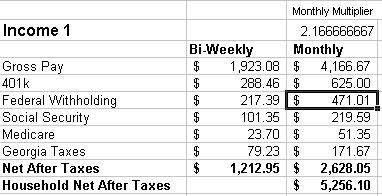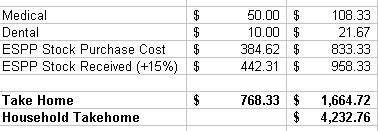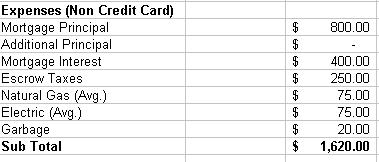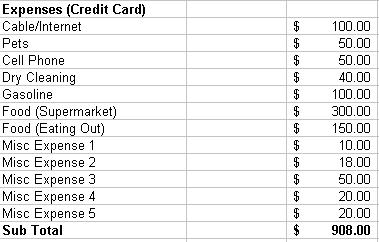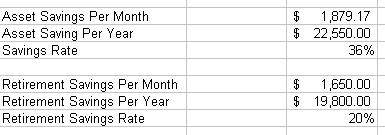Back in 2000 I started banking with a little known startup called Lighthouse Bank out of Waltham MA. They were one of the first banks to offer no fee checking, online banking, and ATM reimbursement fees. They had fantastic customer service and were great to work with but they started putting minimums in place. When I moved to Vermont I decided to leave lighthouse and join a local bank (Citizens) that also had online banking. At the same time, I also discovered the new found world of high yield online savings accounts and opened an account with Emigrant Direct. This setup worked great as I had local ATM’s, a free checking and an online savings account earning 5%. The only downside was I had a 3 day delay between transfers.
When I moved to Atlanta it was time to look for a new bank. Here are the key things I look for:
- Free checking with no minimum and no fee’s unless I do something stupid like bounce a check.
- Outstanding online interface to manage all my accounts. I have never balanced a check book and don’t plan on starting any time soon!
- Plenty of local ATM’s and ideally a branch close to home.
- High yield online savings account.
- Free checks is a nice bonus although I write about 5 a year
- Free online bill pay
- Great customer service with short wait times in the branch or on the phone.
When I started looking around I found that Washington Mutual met all of my criteria. Could a bank really do everything I was looking for??? After 2 years the answer is a resounding YES! WaMu is fantastic! I can’t recommend them enough! I have had nothing but a great experience with them and encourage everybody to sign up for accounts. Make sure you sign up online as they only offer the high yield Savings Account online. There is also a branch right across the street so that makes them super convenient as well!


